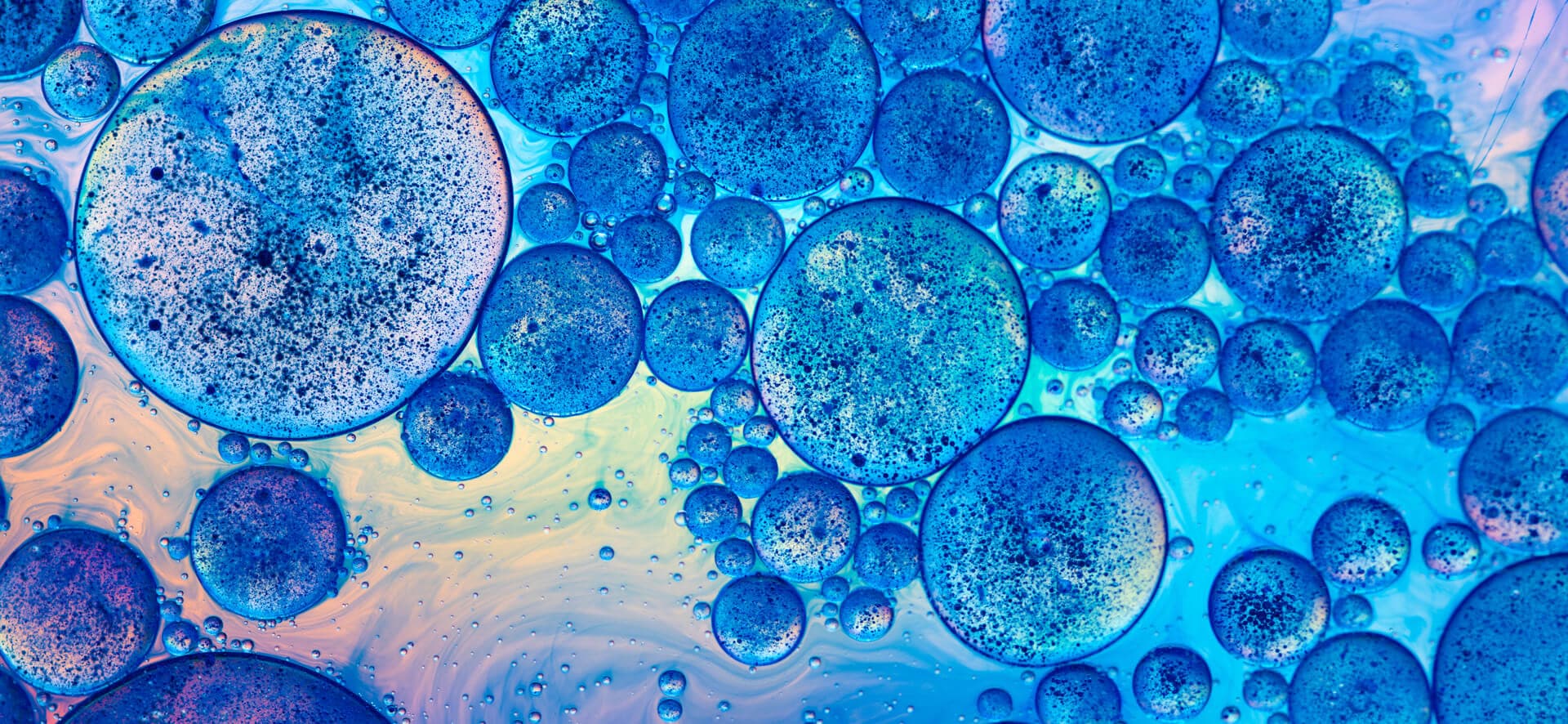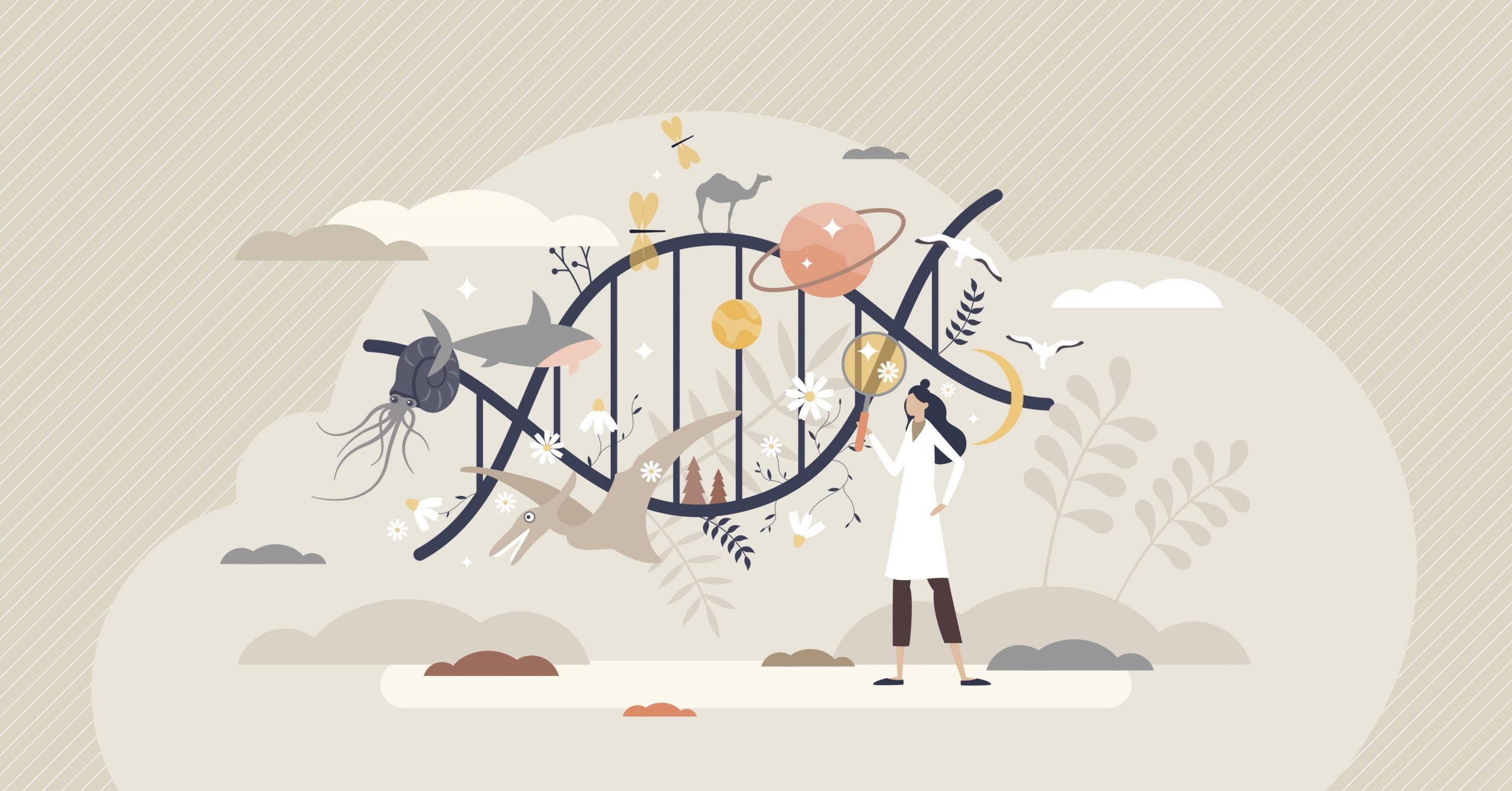The way we monitor Australia’s natural environment is being revolutionised by eDNA (environmental DNA). Sequencing the eDNA contained in a sample of soil or water can reveal the entire assemblage of animals, plants and microbes inhabiting a location without seeing or disturbing them. This includes pests and pathogens, wild harvested species, and valued biodiversity. To date, eDNA has been used to detect pests like the crown-of-thorns starfish on the Great Barrier Reef, look for viruses like SARS-CoV2 in wastewater, search for cryptic species like the platypus, discover potential biosecurity threats at air and seaports, and measure the productivity of economically important commercial fisheries.
While eDNA promises to provide the kind of accurate broadscale environmental information that governments and industry need to make good and timely decisions, its use and effectiveness is impeded by the lack of comprehensive reference libraries of DNA sequences (‘DNA barcodes’) which are used to match eDNA fragments in soil or water to the species that shed them, with only a small fraction of Australia’s 700,000 plants and animals having defined DNA barcodes. Furthermore, though major DNA barcode library initiatives exist overseas and, at smaller scales within Australia, most of the barcodes have been generated by a very hands-on, one-at-a-time process, which is slow and expensive. Different scientists also focus on different parts of the genome to generate DNA barcodes and as a result, existing reference libraries cannot be easily combined. Until this is resolved, it will be impossible to realise the potential of eDNA in Australia and the results of eDNA surveys will be patchy and incomplete.
Through the Bioplatforms-supported Environomics Future Science Platform a new methodology has been created that is able to rapidly (~15,000 species per year) develop full sets of DNA barcodes for any type of organism, from fungi through to plants, insects, mammals, and birds. The resulting set of DNA Barcodes are compatible with every existing DNA barcode standard used by scientists worldwide. A complete DNA barcode library for Australia’s most important species would create enormous national benefit, supporting industries across fisheries, agriculture, biosecurity, environmental management and tourism.
To achieve the goal of a National Biodiversity DNA Library (NBDL) for Australia, CSIRO is partnering with multiple organisations across Australia’s environmental data infrastructure landscape. These organisations include National Collaborative Research Infrastructure Strategy (NCRIS) facilities, such as Bioplatforms Australia and our fellow facilities the Atlas of Living Australia (ALA), the Integrated Marine Observing System (IMOS), and TERN, Australia’s land ecosystem observatory, Minderoo, and key institutions such as natural resource management sector, academics, and collections institutions (museums and herbaria) that hold and curate the reference specimens that will underpin the Library. Together, these facilities will form the supply chain for Australia’s next generation of biodiversity and biosecurity monitoring and ensure Australia’s capacity for conserving our natural environments and the resources they provide.
The National Biodiversity DNA Library Initiative aims to:
- create a reference library of compatible DNA barcode sets for priority Australian taxa
- form a connected infrastructure supply chain for Australia’s next-generation of biodiversity and biosecurity monitoring.
See further information here https://research.csiro.au/dnalibrary/

